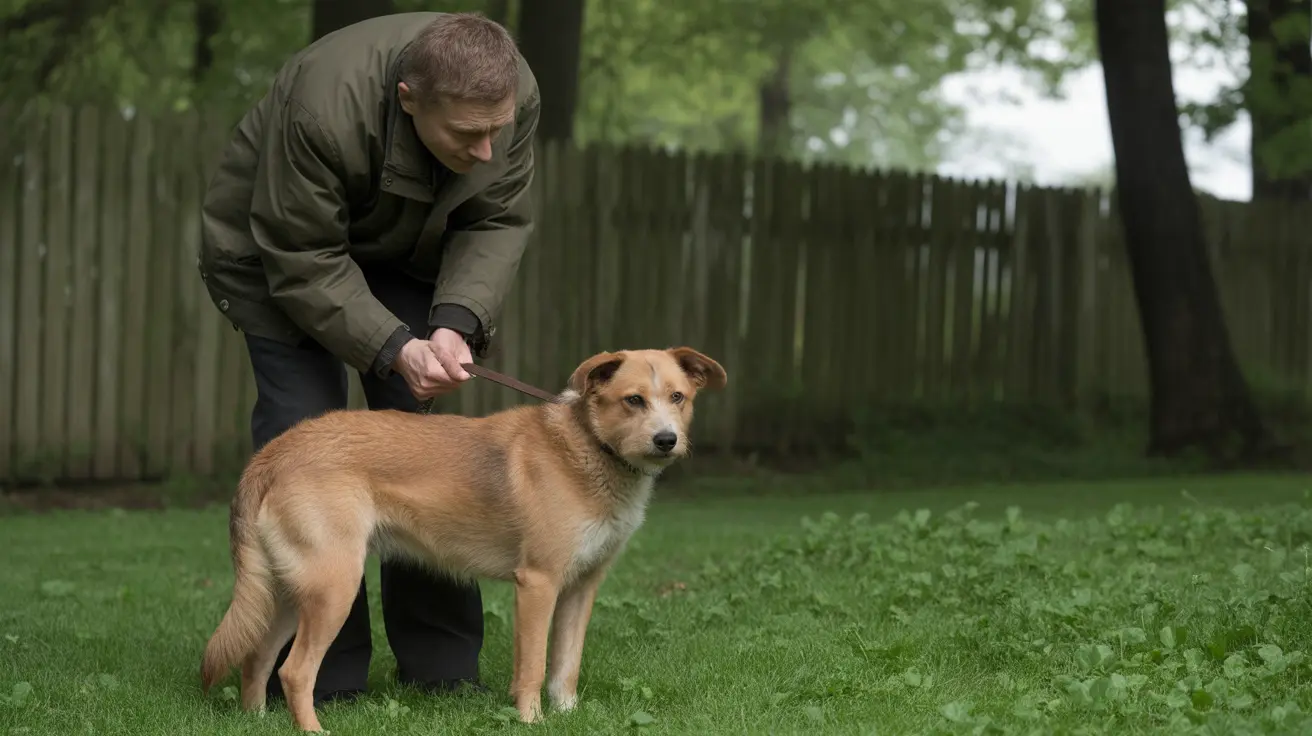Is It Safe to Have Lilies in the House With a Dog?
Lilies are often admired for their beauty and fragrance and are commonly found in homes and gardens. However, pet owners must be cautious, as many types of lilies are toxic to dogs. While they are extremely dangerous for cats, certain lilies can cause significant health issues in canines as well.
How Lilies Affect Dogs
The level of toxicity varies depending on the lily species. Dogs typically experience gastrointestinal irritation after ingestion, but some lilies can cause more severe symptoms such as cardiac issues or even fatal reactions.
Types of Lilies Dangerous to Dogs
- Prairie Lily (Rain Lily): Most toxic part is the bulb, causing vomiting and diarrhea.
- Lily of the Valley: Contains cardiac glycosides, leading to vomiting, arrhythmias, seizures, and possibly death.
- Peace Lily (Spathiphyllum spp.): Contains calcium oxalates; symptoms include oral irritation, drooling, vomiting, and swallowing difficulty.
- Calla Lily: Like peace lilies, calla lilies result in oral burning, drooling, and decreased appetite.
- Gloriosa Lily (Flame Lily): Contains colchicine; causes organ failure, vomiting, multiple organ dysfunction, and can be fatal.
Other Lilies and Their Effects
While lilies such as Easter lilies, Peruvian lilies, or Oriental lilies are less toxic to dogs, they can still cause symptoms including:
- Vomiting
- Diarrhea
- Decreased appetite
- Lethargy
These side effects may not be fatal but still warrant veterinary attention.
Symptoms of Lily Poisoning in Dogs
- Vomiting and diarrhea
- Oral pain, drooling, and swelling
- Difficulty swallowing
- Heart arrhythmias and seizures (especially with lily of the valley)
- Weakness or collapse
What to Do if Your Dog Eats a Lily
Immediate veterinary care is essential. Depending on the time since ingestion and the type of lily, treatment may include:
- Inducing vomiting
- Administering activated charcoal
- IV fluids and medications to protect internal organs
- Hospitalization for monitoring and supportive care
Because there is no specific antidote for lily poisoning, quick action can save your pet’s life.
Preventing Lily Poisoning
- Avoid having lilies in your home or garden if you have pets.
- Carefully inspect flower arrangements for lilies before bringing them indoors.
- Dispose of water from lily vases safely and keep pet training in mind to deter plant chewing.
- Double-check your landscaping and consult toxic plant lists.
- If you move to a new home, identify potentially dangerous plants in the yard.
Final Thoughts
While lilies may enhance the aesthetic appeal of your living space, their potential risk to dogs, although generally less severe compared to cats, should not be underestimated. Exercise caution and consider alternative pet-safe plants to ensure a safe and comfortable environment for your furry friends. When in doubt, always consult your veterinarian before introducing any new plants into your home.





